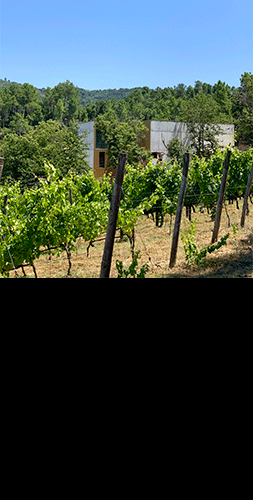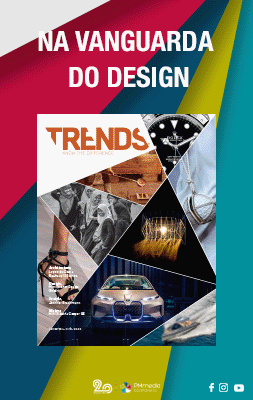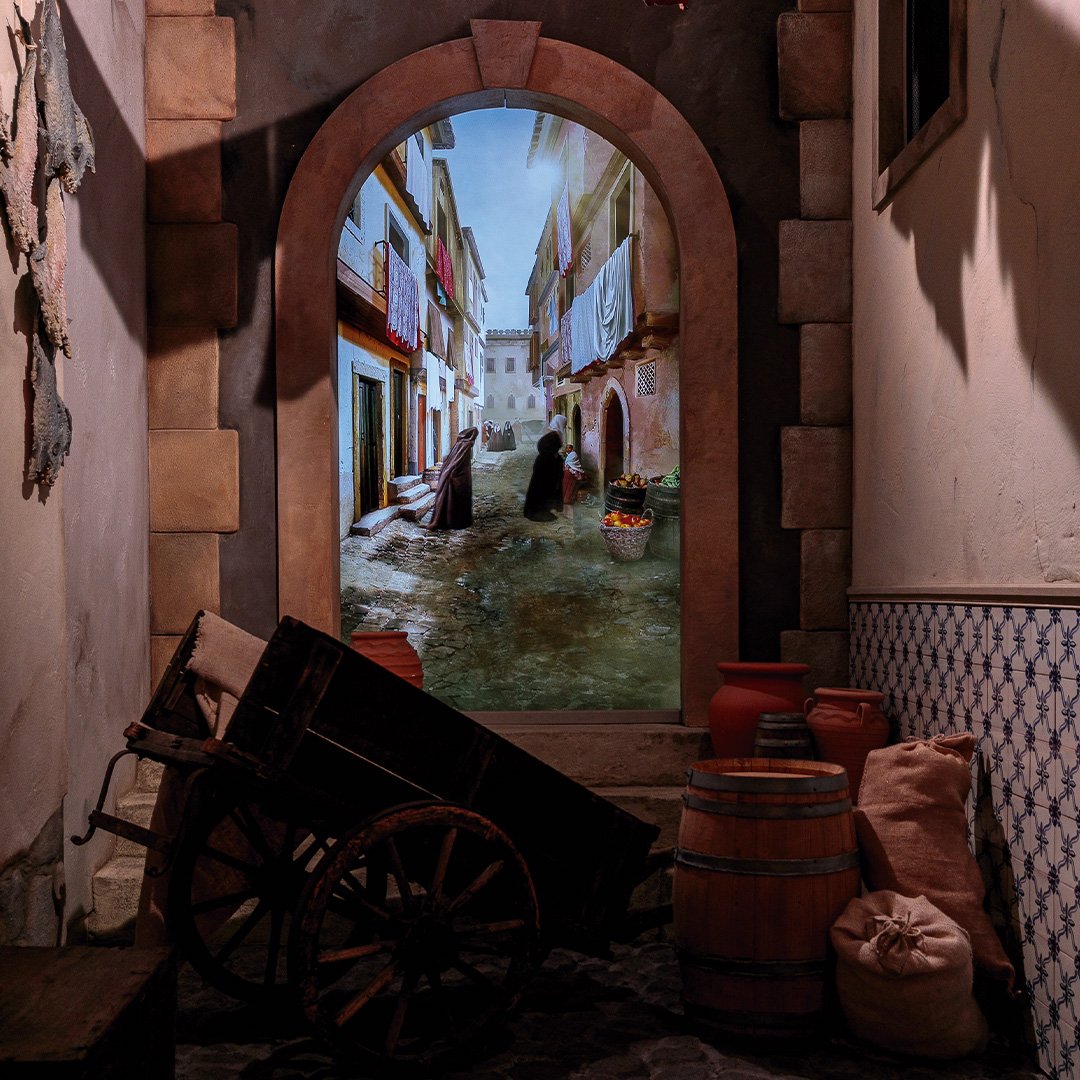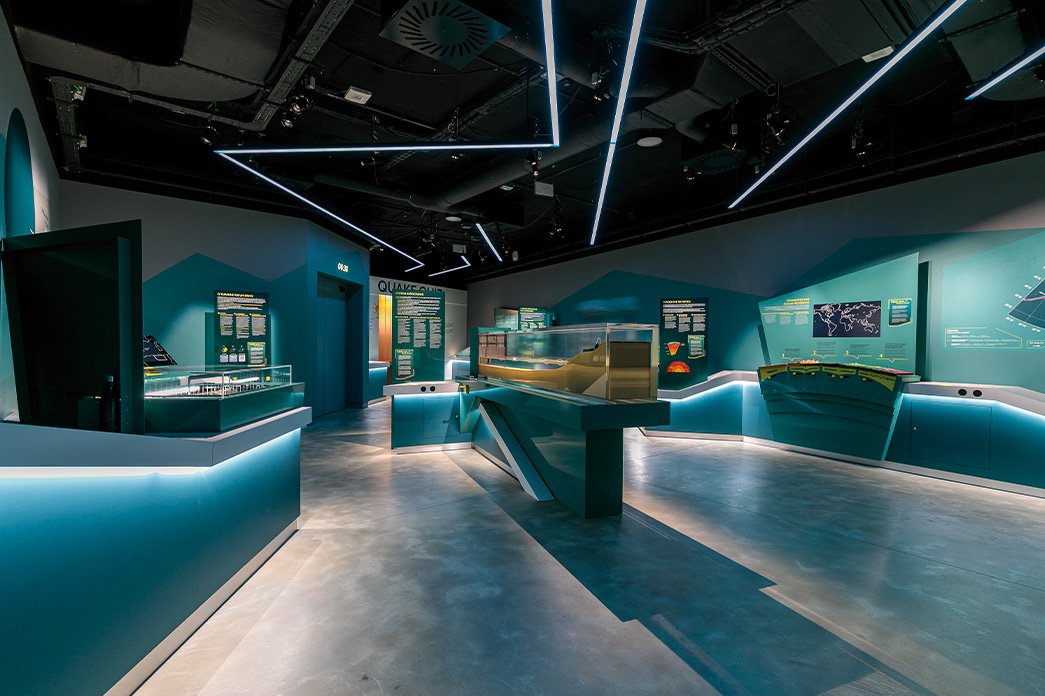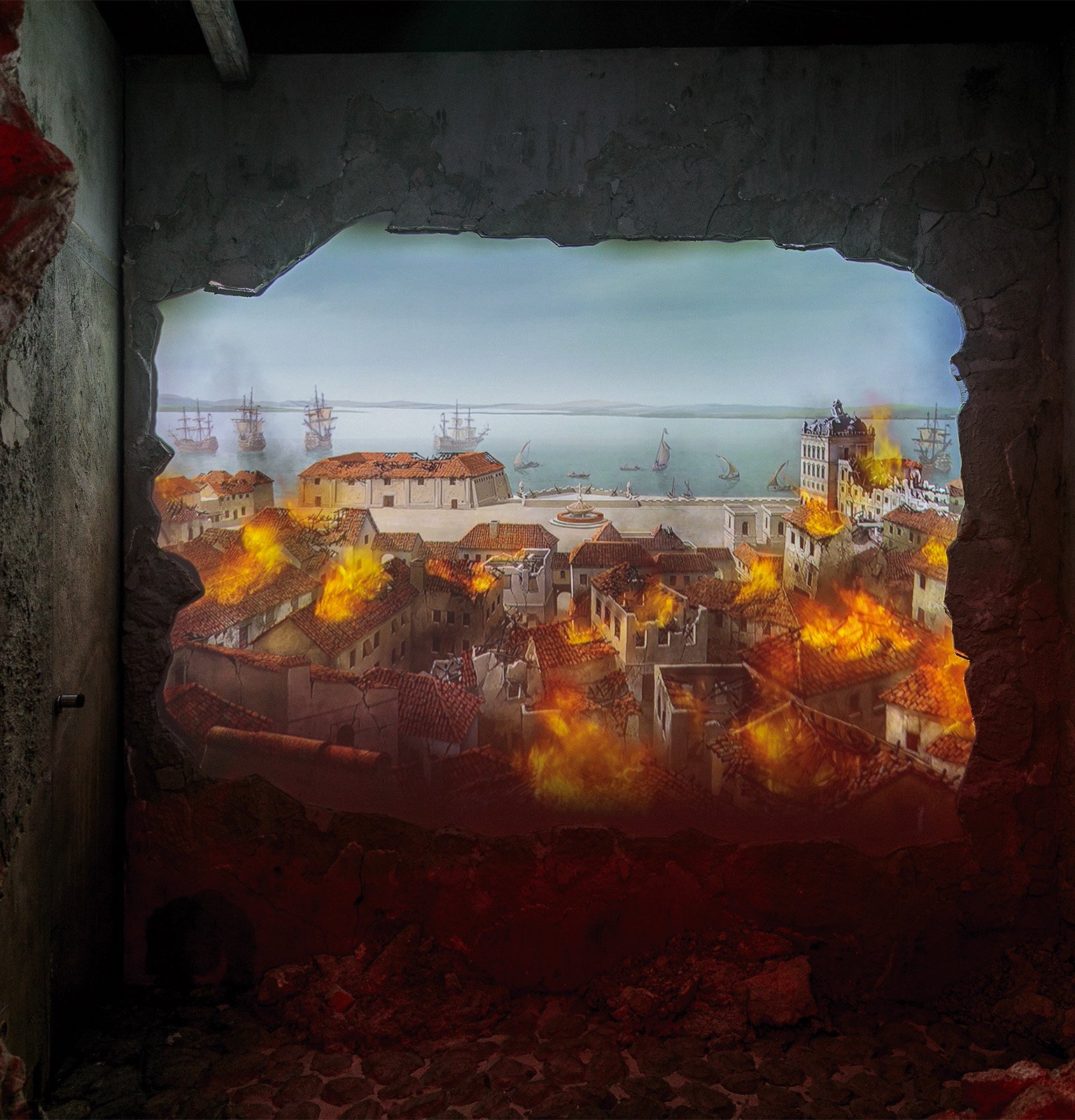
268
years ago, everything in Lisbon shook. First there was the earthquake and then
the fires in the aftermath of a tsunami that devastated the capital. Portugal
is a seismically active region due to its location, so the question is no
longer if, but when it will happen next. It is from this premise that the Quake
Museum was created, delving into the past to teach how to act in the future.
The idea involves taking a journey back to the fateful day of November 1st,
1755, with immersive experiences in between, over the course of ten rooms
spread over three floors. The programme lasts an hour and forty minutes, with a
timed narrative component for each room. The idea was put together by Ricardo
Clemente and Maria Marques, the founding partners, who favoured an approach
capable of raising awareness among the various age groups while at the same
time keeping them entertained. The museum is located in Belém, in an 1800
square metre building, and V&G went to see it.
The secrets of a lost Lisbon
The secrets of a lost Lisbon







